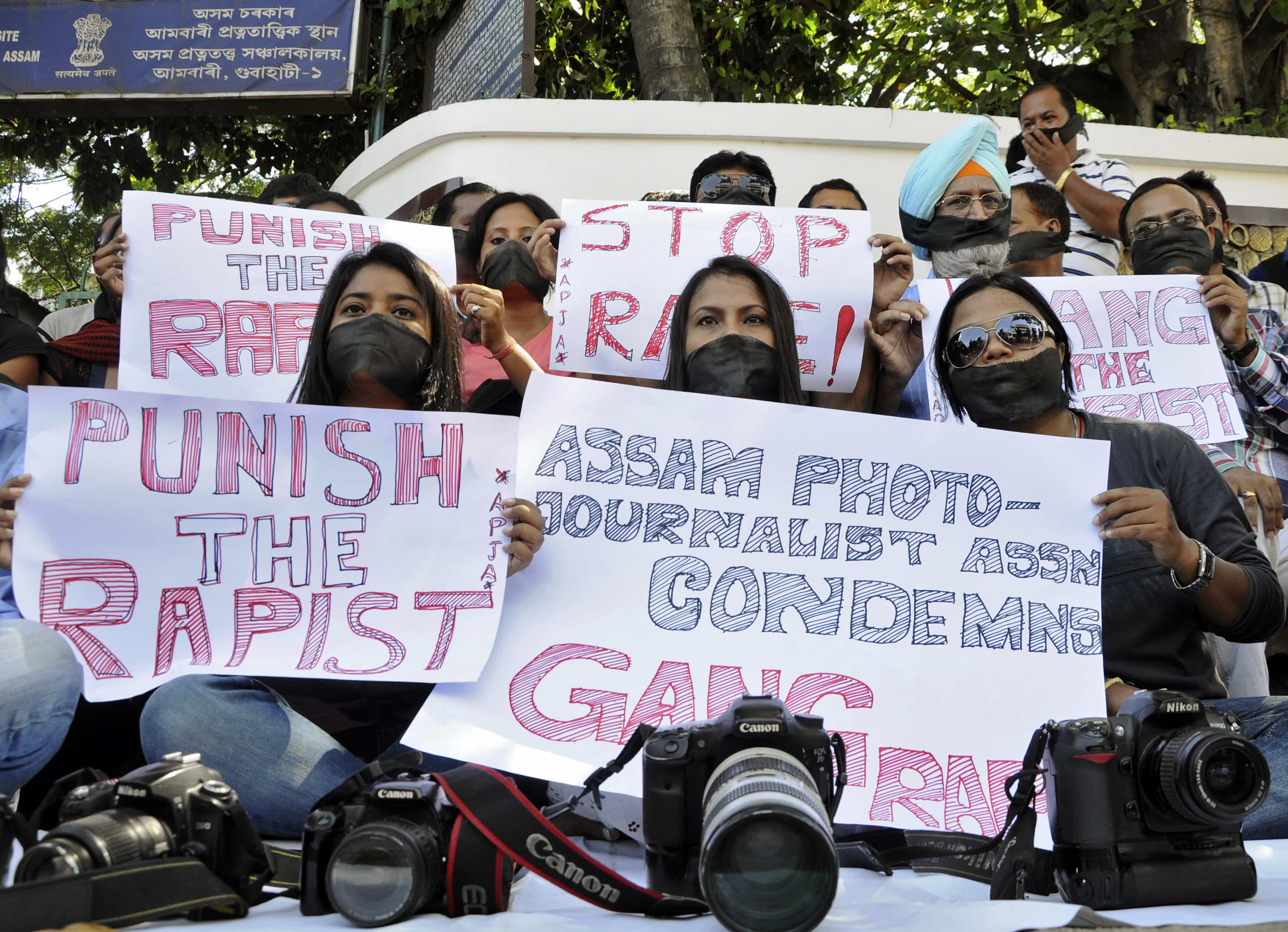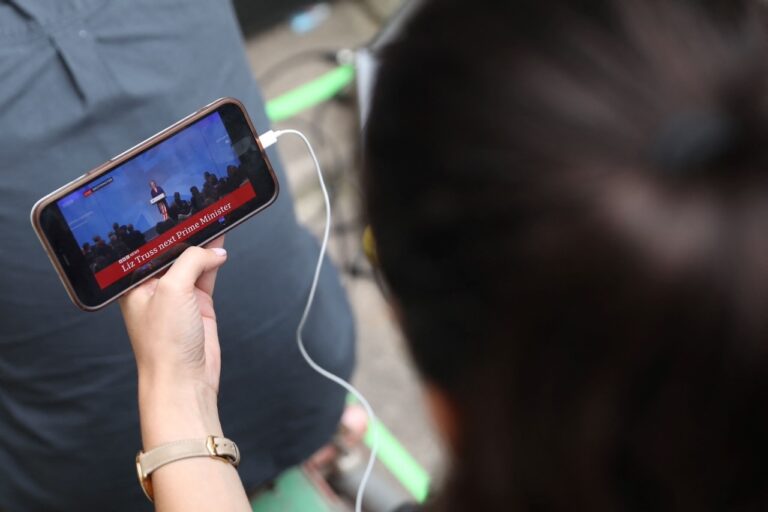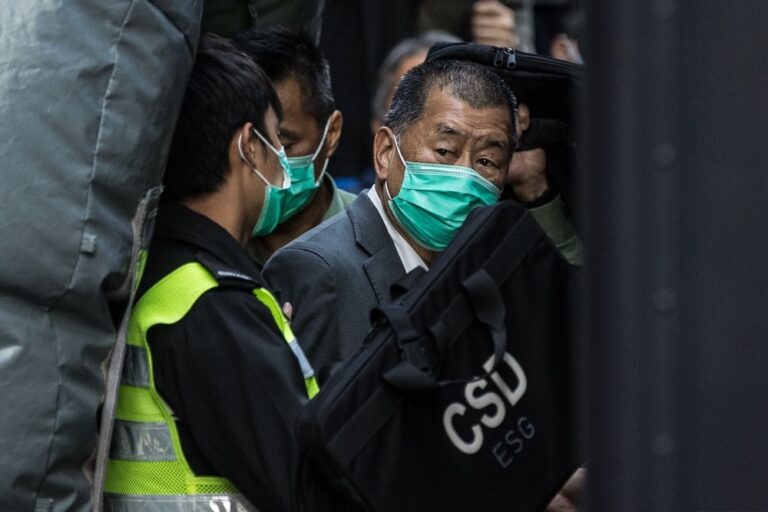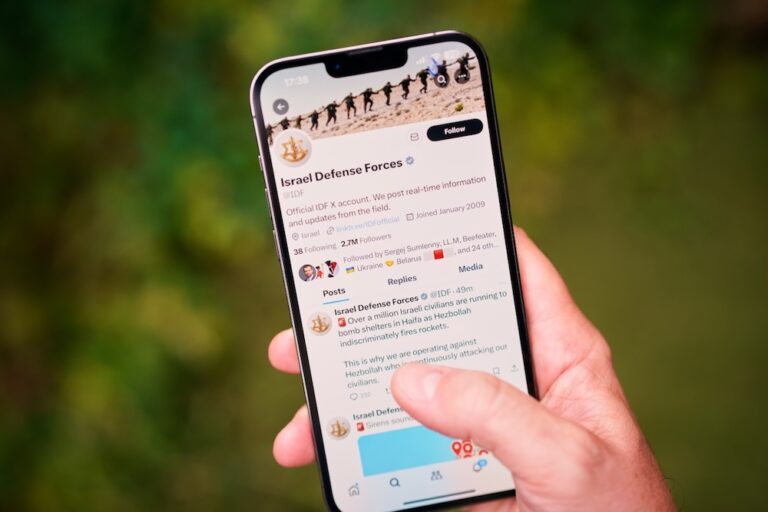Women journalists are targeted for being women, for being journalists and sometimes, for being women journalists, notes the IFJ, while calling for an end to impunity for these crimes.
In 1999, the United Nations General Assembly designated 25 November as the International Day for the Elimination of Violence against Women. Each year, actions are held to raise awareness of the fact that women are subject to specific acts of violence and that the scale and true nature of the problem is often hidden. The date of 25 November was chosen to commemorate three political activists from the Dominican Republic who were assassinated in 1960.
This year, the International Federation of Journalists (IFJ) chose 25 November to launch a global campaign to bring attention to the issue of violence against women journalists, and to call for an end to impunity for these crimes.
As more and more women are entering the profession, their safety is paramount as the potential for more of these kinds of crimes is also on the rise. According to IFJ Gender Council co-chair Mindy Ran, “women journalists are under bigger threat than their male colleagues when it comes to attacks, bullying, threats, cyber-bullying, rape and abuse; all effective tools to silence women’s voices in the media.” Women journalists are targeted for being women, for being journalists and sometimes, for being women journalists, Ran notes.
The scope of the problem
According to the IFJ, while violence against women journalists can be traced back in some cases to government corruption, in many cases the harassment is on the job and is aimed at removing them from the workforce. At other times, journalists are attacked or raped in the ‘field’ while carrying out their work.
In August 2013, people poured into the streets to protest the gang-rape of a young photographer in India but many acts of violence go unreported. The IFJ’s Ran warned that documented cases may just be the “tip of the iceberg”. Sexual crimes in particular continue to be a taboo topic. “The Silencing Crime: Sexual Violence and Journalists”, a landmark Committee to Protect Journalists (CPJ) report from 2011, outlined the powerful cultural and professional stigmas that prevent both women and men from coming forward to denounce sexual assaults.
A recent global survey into violence and threats against women working in the news media also found the majority of women do not report what happened to them, despite more than half of them confirming that the experience had a psychological impact on them.
The global survey was carried out by the International News Safety Institute and the International Women’s Media Foundation, and released to coincide with UNESCO’s first Global Forum on Media and Gender, held in Bangkok, 2-4 December 2013.
Almost two-thirds of the women who responded had experienced intimidation, threats or abuse in relation to their work. Reported incidents included physical abuse, harassment, hacking or digital surveillance and phone tapping.
While physical violence in the ‘field’ is a reality, surprisingly, the majority of the reported incidents occurred in the work place. “When we talk about safety for the media, we often think in terms of staying safe in war zones, civil unrest and environmental disasters, but how often do we think of the office as a hostile environment?”, asked INSI Director Hannah Storm.
Training and awareness
Training journalists how to better cover gender-based violence can help challenge attitudes that foster sexual attacks. Journalists can play an important role in raising awareness, says Frank Smyth, CPJ’s Senior Adviser for Journalist Security.
At the same time, initiatives are being launched to provide women journalists with training specific to working in a gender-hostile environment. “This is a relatively new field,” reports Smyth, “one complementing the more traditional hostile environment training long available to journalists.”
The INSI/IWMF survey asked respondents if their organisations provided any kind of resources, training, or counselling. The overriding majority said they did not, though many women offered practical suggestions as to ways their employers could better support them in these areas.
IFJ’s global campaign
IFJ shared its expertise and experience at the recent UNESCO Global Forum on Media and Gender in Bangkok. The forum provided an opportunity for participants to discuss and debate the factors perpetuating gender inequality in the media.
As part of its global campaign to end violence against women journalists, the IFJ’s Gender Council has formed a special subgroup [Working Party]. This group will work to keep a spotlight on crimes against women journalists, organise regular protests and create a data file where attacks may be reported.
The campaign will target public authorities, calling on them to bring those responsible for these crimes to justice. As IFEX’s International Day to End Impunity campaign highlighted, when perpetrators of such attacks go unpunished, there is a silencing effect that encourages further violence.
The IFJ campaign will also encourage media organisations to play a greater role in combatting violence against female employees. Following the alleged assault of a female journalist by a magazine editor, the IFJ recently joined its affiliates in India in calling for a “no tolerance” stance on sexual violence and harassment of female media workers.
A Twitter action marking 25 November formed part of IFJ’s campaign. Support for the campaign can be expressed using the hashtag #IFJVAW.



